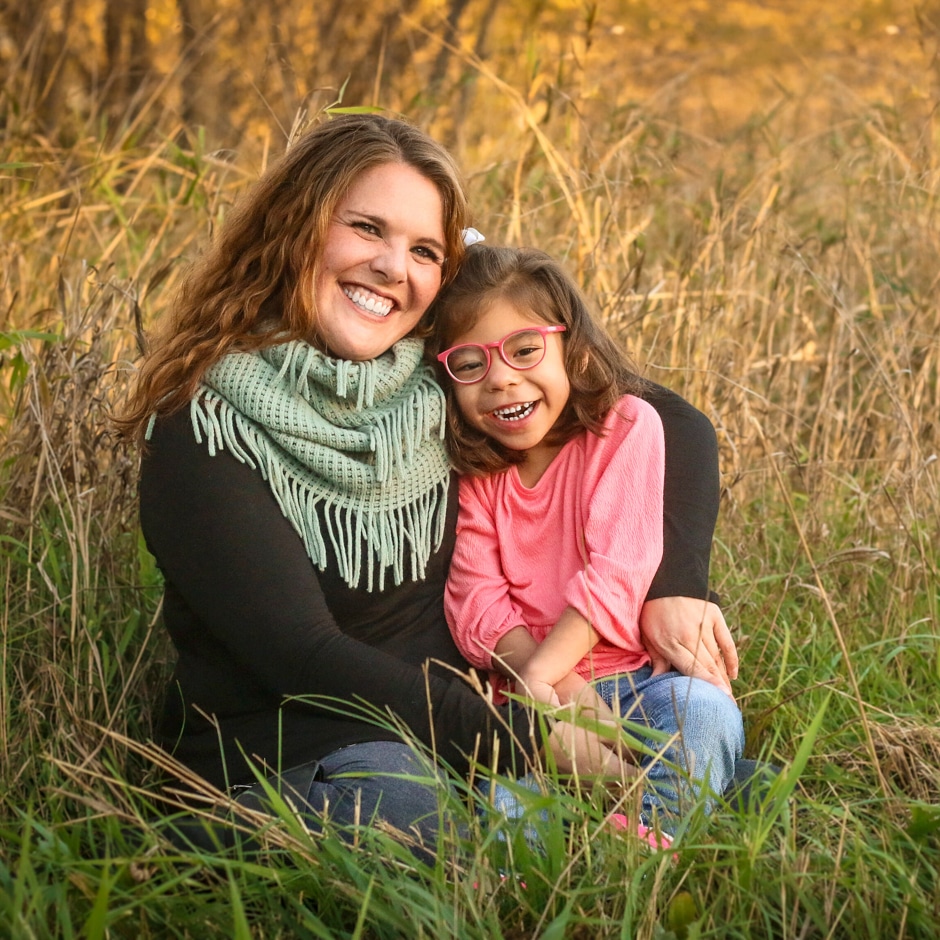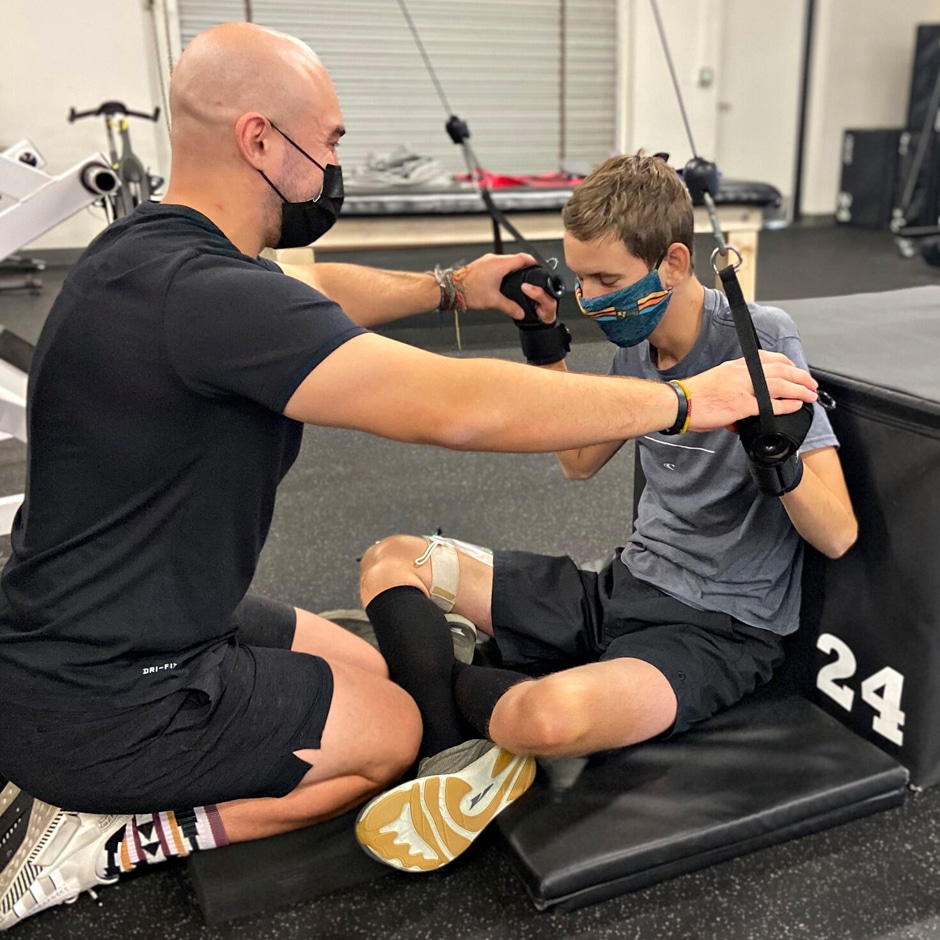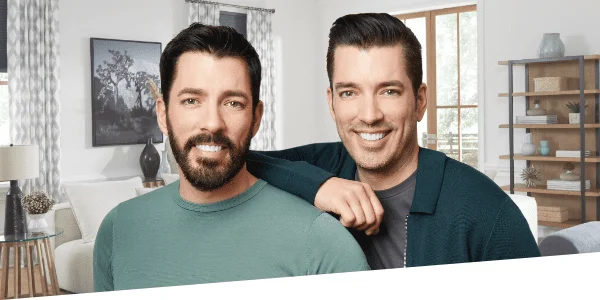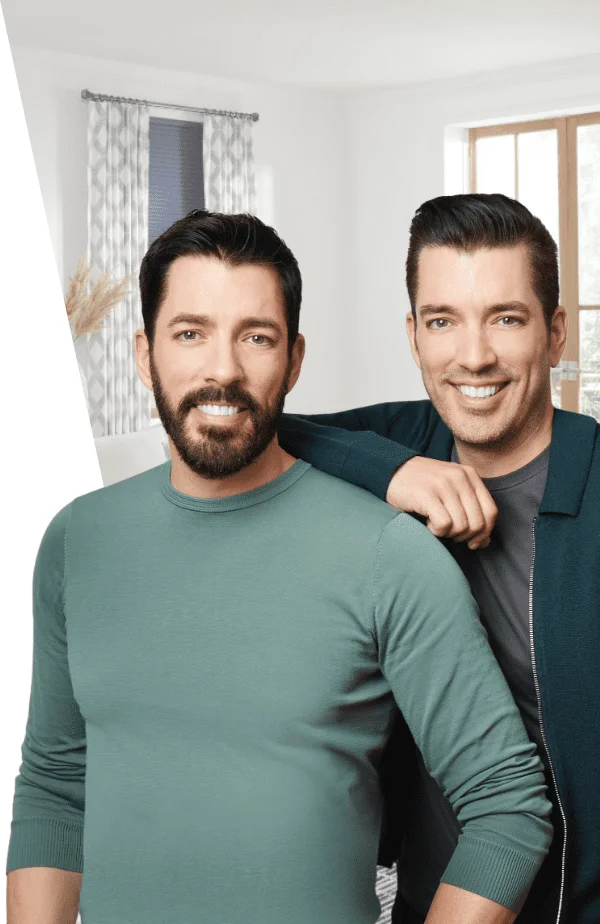What Home Means: Better Together
When Emily Bartscher, single and 27, adopted Phoenyx, a 4-year-old with special needs, both of them won the love lottery.

When Emily Bartscher was 3 years old, she befriended Megan, a little girl with a great giggle and cerebral palsy who used a wheelchair. The two became inseparable, staying the best of friends through school. After college, when Emily bought her first home in Sioux Falls, South Dakota, where they grew up, she made sure it was accessible so Megan would be comfortable visiting. Then Megan unexpectedly died at 22, and Emily felt lost. “I wondered what I was going to do with the rest of my life,” Emily says. “But I had learned so much about commitment, love, and patience from Megan.”
Emily taught early-childhood special education, focusing on kids ages 3 through 5 who have disabilities. One day, she took a student for therapy at a facility where she’d previously worked that offers residential and educational programs for children living with varying degrees of physical and developmental challenges. “It’s a sad place—think of a nursing home for little kids,” she says. “They’re well cared for, but it’s all shift changes and different staffers.”
Right away, she spotted Phoenyx, a 2-year-old with dark hair and an incredible smile. Emily felt that same connection she’d had with Megan. “I said that if I ever was going to foster a child, it would be her,” Emily said. At the time, she was 24 and single. She figured she had many years ahead when she could take on that level of responsibility.
Two years later, back at the same center, she saw Phoenyx again, now 4. Emily’s former boss filled her in on Phoenyx’s backstory: Born healthy, she was shaken so badly at 3 months by her mom’s boyfriend that she suffered permanent brain damage. As a result, Phoenyx had seizures, required a wheelchair, would likely always use diapers, could eat only soft foods, wasn’t counting or saying her name, sobbed at loud sounds like a blender or vacuum, and had a tube in her belly for liquids and medications.
While she’d had loving foster parents who visited often, the supervisor told Emily that Phoenyx was without adoption prospects. “She said to me, ‘This kid would blossom in a home—would you think about adopting her?’ ” It all seemed so overwhelming. I’m only 26. Maybe when I’m 30, Emily thought. She had two pugs to take care of, and that was enough.
She did resolve to spend more time with Phoenyx and coordinated with her social worker and foster parents to start visiting twice a week. The two would read books, swim in the facility’s pool, and sing “Let it Go” together until Emily rocked Phoenyx to sleep at bedtime. Each time, she drove home thinking about the little girl. She went to sleep thinking about her. She woke up thinking about her, over and over for days, then weeks, then months. Her home, bought with Megan’s needs in mind, was already accessible. But as someone who worked all day with kids with special needs, she knew what she would be taking on. Was this crazy?
When Emily told her friends and family that she was considering adopting Phoenyx, they reminded her that this was a forever decision. But her parents also remembered her friendship with Megan and told her, “If anyone can do this, it’s you.” Three months after she started her visits, Emily brought Phoenyx to her parents’ house for Christmas to meet everyone, and they promptly fell in love with the resilient little girl. By February, Emily was 27, Phoenyx was almost 5, and with the paperwork signed, they became a family.
While Emily’s townhouse had no stairs, it was still a snug 700 square feet, which would quickly fill up with the equipment Phoenyx needs: a wheelchair, two walkers, a standing-assistance device, a stroller, a car seat, a toilet chair, and more. Before bringing Phoenyx home, Emily repainted the second bedroom a soft gray with a pink stripe and added a recliner.
“She missed out on years of being held, and I think the feeling of falling asleep in my arms was one of complete comfort and safety that she’d never known before.”
—Emily
The first few weeks were challenging. Phoenyx cried at night, “a cry that rips your heart out,” says Emily. She felt overwhelmed by all of the new responsibilities (registering Phoenyx for school; meeting with her team of therapists; finding quality after-school care; administering nine daily medications through Phoenyx’s tube) and felt more like she was babysitting someone else’s child than parenting her own.
Phoenyx loved snuggles, and Emily started a tradition: cuddling the little girl on her lap in the recliner until Phoenyx fell asleep, then transferring her to her bed. “She missed out on years of being held, and I think the feeling of falling asleep in my arms was one of complete comfort and safety that she’d never known before,” says Emily, so she did it every night.
Phoenyx seemed to realize that there were no shift changes anymore—she was finally home. One night, as Emily rocked her to sleep, Phoenyx looked up and said, “I love you, Mom.” In that moment, Emily understood: I’m your mom! From then on, their connection has stayed strong, and she appreciates every day how sweet, caring, and funny her daughter is.
By the time Phoenyx was 7, she had so much equipment to help her ever-improving mobility that the town house felt even more cramped. Emily had saved up for a 1,400-square-foot ranch house, doubling the space they had before, but the house needed a lot of work. Her dad, a contractor, and brother-in-law dove in, installing ramps to the front and back doors, replacing old carpeting that Phoenyx could trip over with laminate flooring, widening all of the doorways so she could get through in her wheelchair or walker.
Best of all, they installed a track system that connects Phoenyx’s bedroom, bathroom, and the living room, which Emily uses to help Phoenyx out of the bathtub, for example. There’s also a supportive harness that Emily can attach to Phoenyx’s vest so she can walk between rooms, an independence Phoenyx had never known. “When we’re out in the world, she uses a motorized wheelchair,” says Emily. “But at home, she’s often using her walker or walking on her own. Home is her place of freedom now.”
These days, Phoenyx, almost 11, is making great progress. She can in stand on her own and say full sentences. But she still loves snuggling her way to sleep on the recliner with her mom. “Sometimes I can’t believe the love I have for her, because it’s more than I ever dreamed of,” Emily says. “People always tell us that Phoenyx is lucky to have me, but I’m so lucky she’s mine.”

How to Get Involved: Victoria’s Victory Foundation
When Phoenyx was accepted to the NAPA Center, a world-renowned pediatric therapy program that would help her accelerate her skills, Emily was thrilled but worried. On a teacher’s salary, the cost of the three-week program was out of reach. But through a grant from Victoria’s Victory Foundation (VVF), Phoenyx was able to attend, and she met every goal, from physical therapy to speech. “Her progress and confidence are unbelievable,” Emily says. “It wouldn’t have been possible without VVF.” To learn more, go to victoriasvictory.org.
By Sarah Z. Wexler | Feature photograph by Noel Sunne | VVF photo courtesy of Victoria’s Victory Foundation





